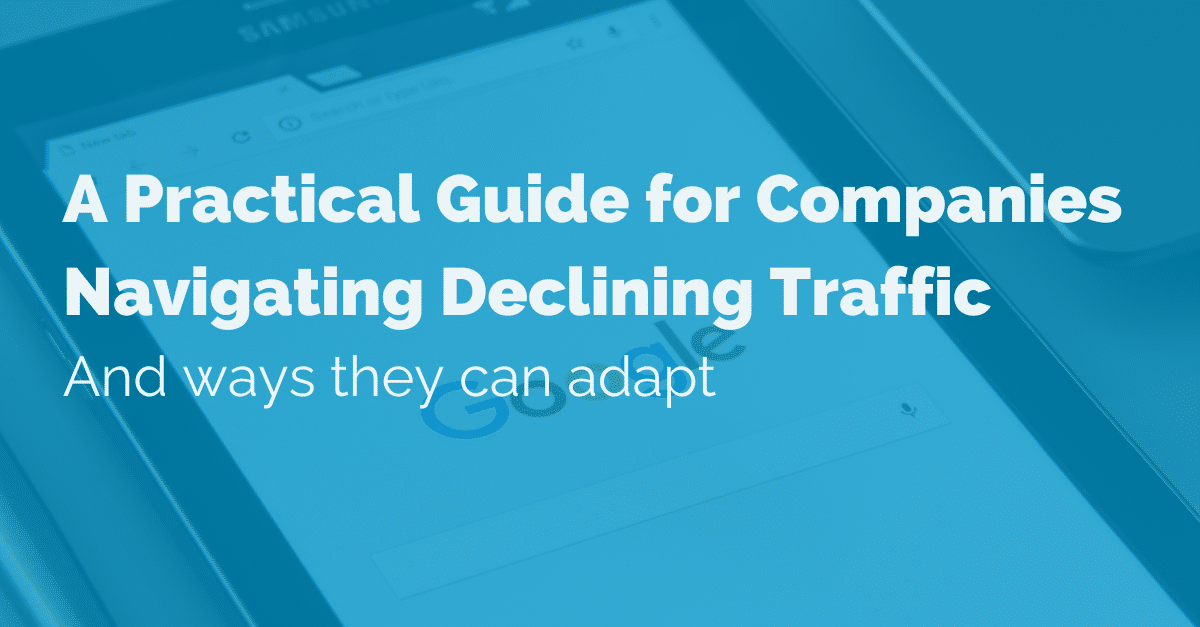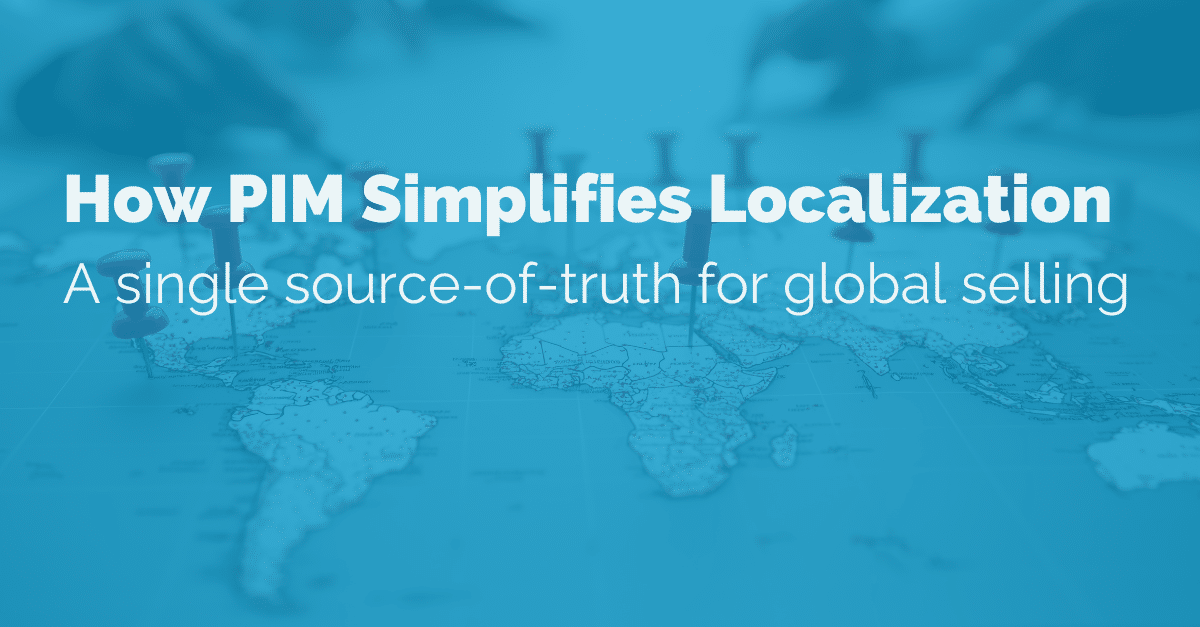
Now more than ever, an intuitive product experience is crucial. Users who have a bad product experience will either stop using the product altogether or will start to dislike using it. Meanwhile, positive product interactions boost usage, foster loyalty, and raise net promoter ratings.
Many products’ sales and adoption cycles lack formal onboarding or training. Users are anticipated to jump in and learn as they go. As a result, the product has to be distinct, easy to find, and properly labeled. Help and support for the product should be accessible from within the app.
Users should be guided, informed, and prodded by the product experience at the proper times. The right amount of background knowledge and context must also be provided without detracting from the activity at hand. Let’s see further on, how crucial is product experience for brands and customers.

Product experience management
Delivering a comprehensive, reliable, and appealing product experience platform is the core of PXM. In other words, the product experience definition is that you should give your consumers the information they require at the appropriate time throughout their buying through effective product experience management. Establish an emotional connection with your consumers by doing it attractively as well. This tactic will soon result in happier clients, increased conversion rates, and better sales.

Every practical customer experience and product management approach relies heavily on product information management. PXM is a user experience product in charge of crafting a compelling product narrative, whereas PIM concentrates on centralizing and enhancing the quality of product-related information through user experience products. As a customer experience product, this one has richer and contextualized material that can help your items sell on online stores and other digital distribution channels.
More alternatives than ever before are available to shoppers today. In reality, there are a staggering number of online markets. Reading through all of the reviews of a popular product might take days due to the overwhelming number of items that are available for purchase online. Customers, however, want something else. They only want to look over some choices for a while. They need information immediately to decide and continue where product experience management comes in.
Product experience software
The user experience is more crucial than ever today. One great experience can keep a customer coming back because years on end. On the other hand, a single negative experience can have the inverse effect. Creating memorable encounters requires a product experience platform. You are at a disadvantage if you are not utilizing it.
Software for managing the customer product experience can include a wide range of functionalities. However, some of the most crucial characteristics to consider below:
- Strong attitude and behavioral analysis capabilities should stand out in the software to help you understand how customers feel about your goods and how they utilize them. Learn as much as you can about your customer product experience.
- Customer-centric means that the feedback solution should make it simple for customers to provide feedback and for you to gather it. Additionally, it has to be user-friendly to assess the data and take appropriate action rapidly.
- To prioritize feedback and product roadmap items and concentrate first on the most important ones, the software should include a method for doing so.
- The program should include a built-in product information management (PIM) system or should be simple to interface with your current PIM system.
- To swiftly ramp up new customers and maintain their interest in your product, the software should include built-in onboarding and engagement tactics.

Product experience management software benefits
The three critical components for PXM’s success in product management and user experience are the technologies covered here. A reliable DAM, PIM, and PCS solution is mainly required to keep the total product experience intact. This list demonstrates how several pieces of software work together to support PXM practices.
Recognize that not all departments will have to collaborate on every solution for positive product customer experience. In reality, these apply to your entire company. For instance, PCS should be relatively accessible, but DAM is sometimes reasonably complex for many companies. Let’s discuss the factors for product experience metrics in detail now.
Product Information Management
The critical information about every product you sell makes it into a PIM system, your golden archive of raw product data. Data collection, archiving, and standardization process via PIMs. It would help if you did not customize the information here because it is a central repository for user experience and product design.
Digital Asset Management
All of your digital assets pool in a centralized DAM solution. With controlled access control, workers, clients, and other stakeholders may save and access documents, photos, graphics, and more. DAM solutions enable businesses to assist their clients in managing their digital assets. Additionally, a great DAM solution should be able to process any images or vector blueprints of your products and automate the attribution process. Such functionality is available in top DAM solutions that have built in AI functionality.
Product Content Syndication
You will submit the data to a PCS when it is time to alter it. Product content syndication tools assist you in transforming internal data into user-friendly forms for usage on your target channels. In other words, they support the distribution, optimization, and structuring of product feeds. This support is the last stage before your product data moves to the public eye, such as Facebook Ads Manager or Google Merchant Center. This moment is a critical stage that the marketing team will also complete. The PCS solution you choose must be user-friendly and created with business users in mind.

Product experience examples
Understanding your clients’ product page experience will help you improve it. Of course, the true benefit comes from including those insights in your product strategy. Therefore, here are some very successful product experience marketing examples to learn from:
Webflow: A no-code website builder is what Webflow is. For building all kinds of websites – including eCommerce, blogs, and membership sites – it serves as a visual canvas. Webflow University provides novice users with the resources they need to see what is possible with Webflow, along with the included layouts and templates. For freemium consumers to believe the premium product is worthwhile, they must have this product experience.
Hussle: A network of exercise applications, gyms, pools, and spas is called Hussle. Every day, Hussle learns new things about its product experience. Additionally, consumers may see and feel when a firm prioritizes the requirements of its customers through changes to its products.
Peepers: Peepers is a family-run online store that offers glasses for reading, reading sunglasses, and blue light-blocking eyewear in distinctive and eye-catching designs. Every pair of eyeglasses sold by Peepers comes with the option of the virtual try-on, which is a fantastic PX on its own. However, this feature makes it an effortless buying experience, one that many customers could prefer over an in-store one.

Intercom: A platform for client conversations is called Intercom. Comprising conversion, activation, participation, and customer support, it assists firms in managing customer connections across the whole customer experience. The instructional PX from Intercom positions the user for achievement even before they sign up as a customer.
Bottom Line
An efficient product experience strategy is essential for the buyers of today who want to save time while purchasing products. Distinct and elaborate product experiences are the best way to attract customers and improve your branding. Contact us at Pimberly if you want the best product experience management tools for a fantastic experience.
















